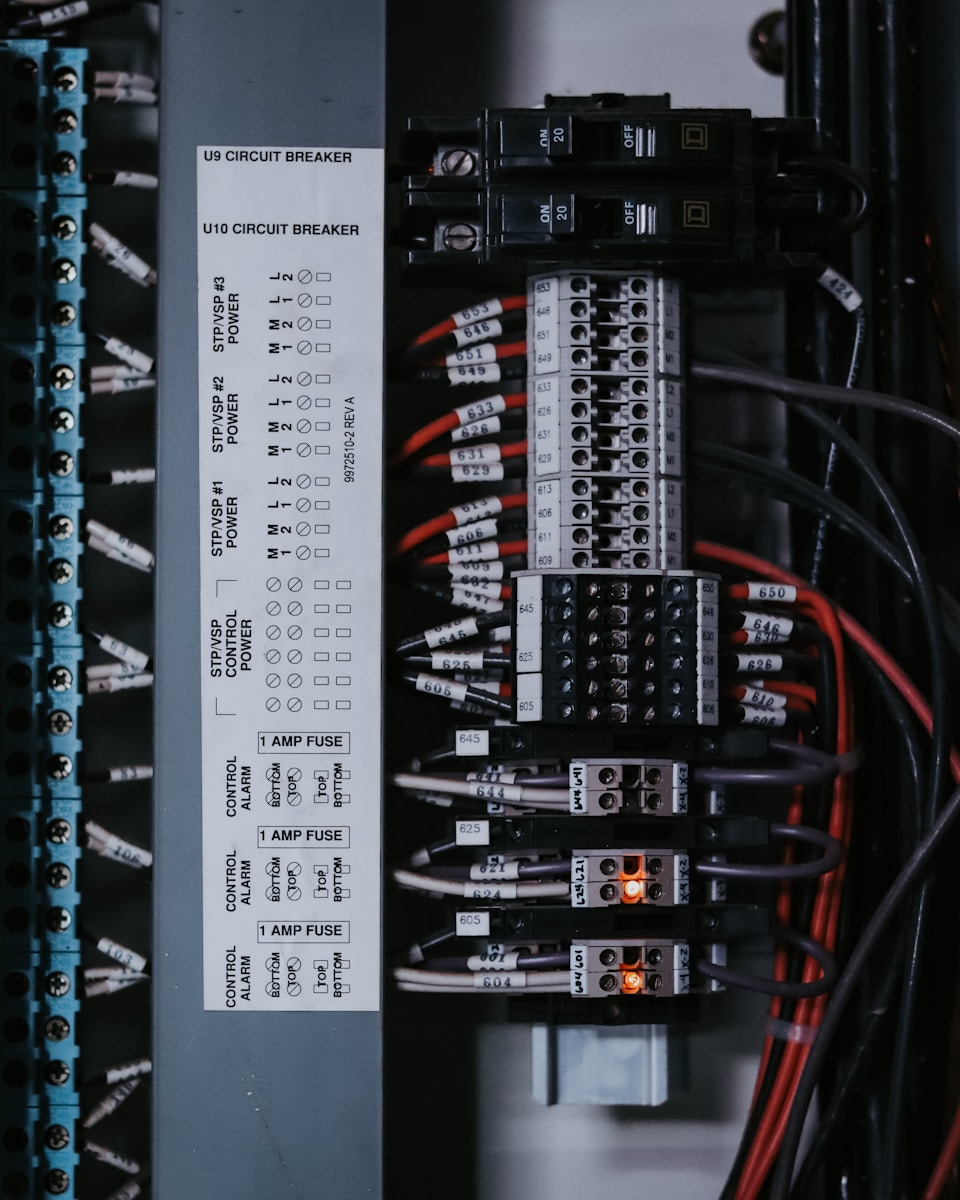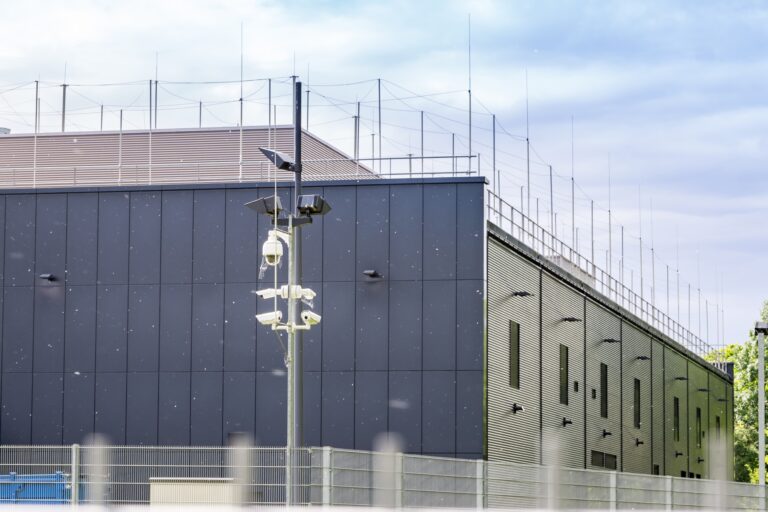When a hospital loses power, it’s not just an inconvenience. It’s a matter of life and death. Critical medical equipment needs constant electricity to keep patients safe and the hospital operations running.
The stakes couldn’t be higher. Research from ABB shows that the average cost of a hospital power outage is $7,900 per minute. Beyond the financial impact, power failures can compromise patient safety, disrupt life-saving procedures, and even force costly facility evacuations.
The challenge for many healthcare facility managers is understanding backup power requirements while staying fully complaint with NFPA codes. With different types of healthcare facilities and new technology, figuring out what system is required can be confusing.
Understanding Healthcare Facility Categories and Power Requirements
Not all healthcare facilities are created equal when it comes to backup power requirements. The NFPA 99 Health Care Facilities Code uses a risk-based approach that categorizes spaces based on the potential impact of power failure on patient safety.
Category 1: Critical Care Areas
These are defined as areas where “failure of equipment or a system is likely to cause major injury or death of patients, staff, or visitors.” These include:
- Operating rooms and surgical suites
- Intensive care units (ICUs)
- Emergency departments
- Cardiac labs
- Any area with life support equipment
Power Requirements: Category 1 spaces require Type 1 Essential Electrical Systems (EES). These must have automatic transfer switches that start up backup power within 10 seconds of utility failure. Systems must include both emergency and equipment branches, with generators capable of running for at least 96 hours using on-site fuel.
Category 2: General Patient Care
These spaces involve general patient care where power failure could cause minor injury or discomfort, but is unlikely to cause death. Examples include:
- General patient rooms
- Examination rooms
- Diagnostic imaging areas
- Laboratory spaces
- Pharmacies
Power Requirements: Category 2 spaces usually need Type 2 EES. Some may need Type 1 systems depending on the specific equipment and patient care activities. The main difference is in transfer time and backup requirements.
Categories 3 and 4: Support Areas
These cover areas with little or no risk to patient safety. While still important for overall facility operations, these areas have less strict backup power requirements. These include:
- Administrative offices
- Storage areas
- General corridors
Essential NFPA Code Compliance Requirements
Healthcare facilities must follow multiple NFPA standards that work together to ensure complete electrical safety and reliability.
NFPA 99: Health Care Facilities Code
The primary standard governing healthcare electrical systems. Key requirements include:
- Risk-based method to set up backup power levels
- EES design with specific transfer switch requirements
- Minimum 96-hour fuel supply for critical facilities
- Monthly load testing and maintenance
NFPA 70: National Electrical Code (NEC)
The NEC provides the foundation for all electrical installations, with Article 517 specifically addressing healthcare facilities. Critical requirements include:
- Grounding and bonding rules for patient care areas
- Branch circuit design for essential electrical systems
- Emergency lighting requirements
- Isolated power systems for sensitive procedures
NFPA 110: Emergency and Standby Power Systems
This standard governs the installation, maintenance, and testing of emergency power systems:
- Generator sizing and installation rules
- Fuel system storage and quality checks
- Transfer switch performance standards
- Acceptance testing
NFPA 101: Life Safety Code
Focuses on building safety and egress (exit) requirements:
- Emergency lighting duration and illumination levels
- Exit sign backup power
- Fire alarm system backup power
Generator Sizing and Fuel Requirements
Properly sizing backup generators for healthcare facilities requires careful load review and future planning.
Load Calculation Methods
Healthcare facilities must calculate their essential electrical loads across three main types:
- Life Safety Branch: Emergency lighting, fire alarms, exit signs, and communication systems. These must transfer to backup power within 10 seconds.
- Critical Branch: Patient care equipment like ventilators, monitors, and surgical equipment. Transfer time must be within 10 seconds.
- Equipment Branch: Major medical equipment like imaging systems, lab equipment, and HVAC systems. Transfer time can be up to 15 seconds.
Fuel Storage and Runtime Requirements
NFPA 110 classifies hospitals as Level 1 facilities, requiring:
- Minimum 96 hours of fuel for full essential load
- On-site fuel storage with containment and monitoring
- Regular fuel quality testing and treatment
- Backup fuel supply for critical facilities
Most healthcare facilities choose diesel generators for reliability and fuel availability, though natural gas systems are growing in use where gas supply is stable.
Modern Backup Power Technologies
Today’s healthcare facilities have access to advanced backup power technologies that go beyond traditional diesel generators.
Uninterruptible Power Supply (UPS) Systems
UPS systems provide instant power during the gap before generator power kicks in:
- Online double-conversion UPS for sensitive medical equipment
- Modular designs allow for easy expansion and maintenance
- Battery backup typically provide 15 to 30 minutes of runtime
- Power conditioning protects against voltage fluctuations
Automatic Transfer Switches (ATS)
Modern ATS technology ensures seamless power transitions:
- Microprocessor controls for precise monitoring and switching
- Load shedding to prioritize critical systems
- Remote monitoring for facility management
- Bypass options for maintenance without power interruption
Battery Energy Storage Systems (BESS)
BESS are emerging as complementary solutions:
- Lithium-ion technology offering longer life and faster response
- Grid stability during utility fluctuations
- Peak shaving to reduce demand costs
- Integration with renewable energy
Testing and Maintenance Requirements
Regulatory compliance extends far beyond installation. Ongoing testing and maintenance are needed for ensuring system reliability.
Monthly Testing Requirements
NFPA 110 mandates monthly generator testing under load:
- 30% minimum load for at least 30 minutes
- All transfer switches must be tested
- Fuel system testing including level and quality checks
- Battery system testing for UPS and starting systems
Annual Testing Requirements
Annual testing includes:
- Full load testing at 100% capacity for 2 hours
- Transfer switch timing verification
- Fuel system integrity testing
- Emergency lighting duration testing
Documentation and Record Keeping
Facilities must maintain detailed records of:
- All testing results and maintenance activities
- Fuel consumption and quality reports
- System modifications and repairs
- Training records for maintenance staff
Cost Considerations and ROI
While backup power systems represent a significant capital investment, the cost of not having suitable backup power far exceeds the installation expense.
Initial Investment Factors
- Generator sizing: Typically $500-$1,500 per kW installed
- Transfer switches: $5,000-$50,000 depending on size and features
- UPS systems: $200-$800 per kVA for healthcare-grade units
- Installation and commissioning: 30-50% of equipment costs
Ongoing Operational Costs
- Fuel costs: Diesel fuel for testing and emergency operation
- Maintenance contracts: Typically 2-4% of system value annually
- Testing and compliance: Labor and documentation costs
- Insurance considerations: Potential premium reductions with proper systems
Return on Investment
The ROI calculation must consider:
- Avoided downtime costs: $7,900 per minute for hospital outages
- Patient safety compliance: Avoiding regulation penalties
- Insurance benefits: Reduced premiums and coverage gaps
- Operational continuity: Maintaining revenue during outages
Implementation Best Practices
Successfully implementing backup power systems requires careful planning and execution.
Design Phase Considerations
- Future expansion planning: Size systems for expected growth
- Redundancy requirements: Consider N+1 or 2N configurations for critical areas
- Integration planning: Ensure compatibility with existing building systems
- Regulatory review: Involve local code officials early in the design process
Installation and Commissioning
- Qualified contractors: Use contractors experienced with healthcare facilities
- Phased implementation: Minimize disruption to ongoing operations
- Comprehensive testing: Test all systems before final acceptance
- Staff training: Ensure facility personnel understand system operation
Ongoing Management
- Preventive maintenance: Follow manufacturer and code requirements
- Performance monitoring: Track system reliability and efficiency
- Emergency procedures: Maintain current response protocols
- Technology updates: Plan for system upgrades and replacements
Working with Qualified Electrical Contractors
Healthcare backup power systems are complex installations that require specific expertise. When selecting an electrical contractor for your project, consider:
- Healthcare experience: Look for contractors with specific healthcare facility experience
- Code knowledge: Ensure familiarity with NFPA 99, 70, 110, and 101
- Licensing and certifications: Verify appropriate state and local licensing
- References: Request references from similar healthcare projects
At Camali Corp, our experienced team specializes in healthcare electrical systems and backup power installations. We understand the unique challenges healthcare facilities face and work closely with facility managers to ensure full compliance with all applicable codes and standards.
Why This Matters for Healthcare Facilities
Healthcare facility backup power requirements are complex, but they’re essential for patient safety and compliance. By understanding the different facility categories, NFPA codes, and modern technology options, facility managers can make informed decisions about their backup power investments.
The key is working with experienced professionals who understand both the technical requirements and the operational realities of healthcare facilities. With proper planning, installation, and maintenance, your backup power system will provide the reliability and peace of mind your facility needs to focus on what matters most. Providing excellent patient care.
Remember, backup power isn’t just about meeting code requirements. It’s about ensuring your facility can continue its life-saving mission regardless of what challenges the electrical grid may face.
Need help determining the right backup power solution for your healthcare facility? Contact the experienced team at Camali Corp for a complete assessment of your facility’s requirements and a customized solution that meets all applicable codes and standards.



